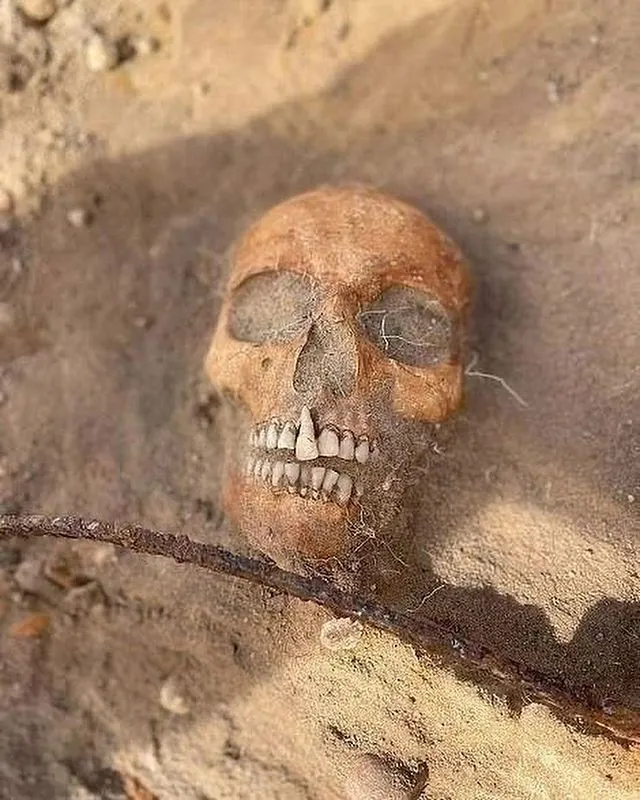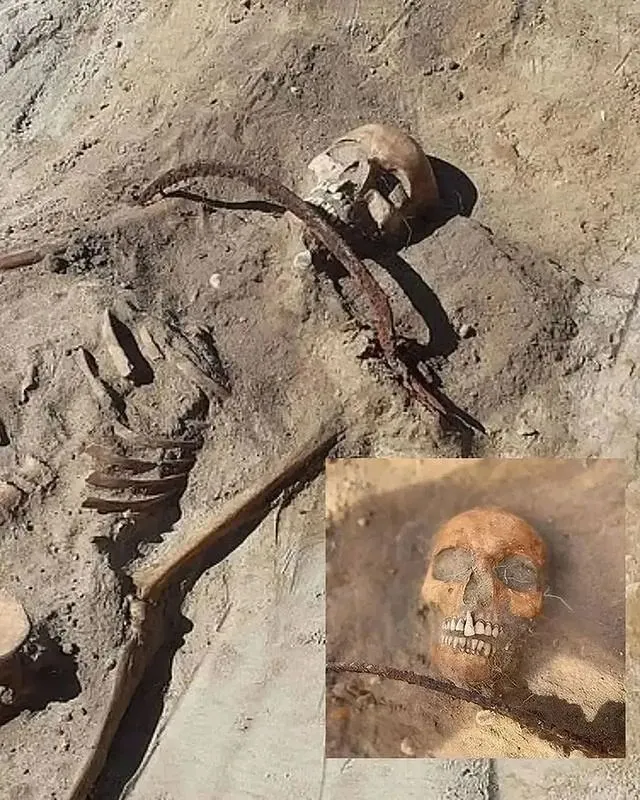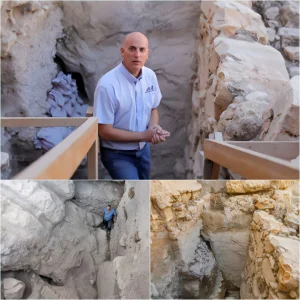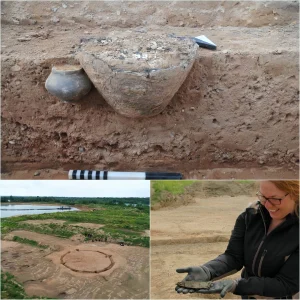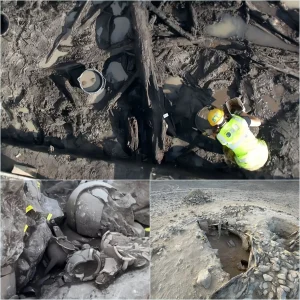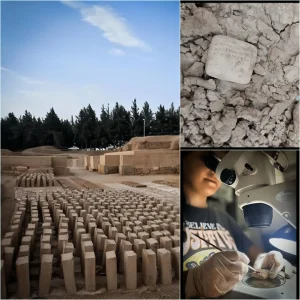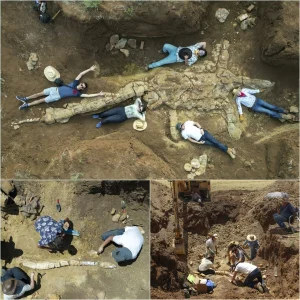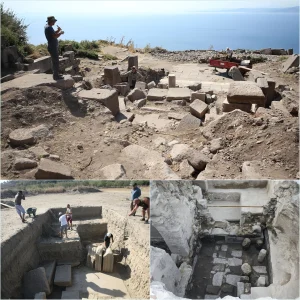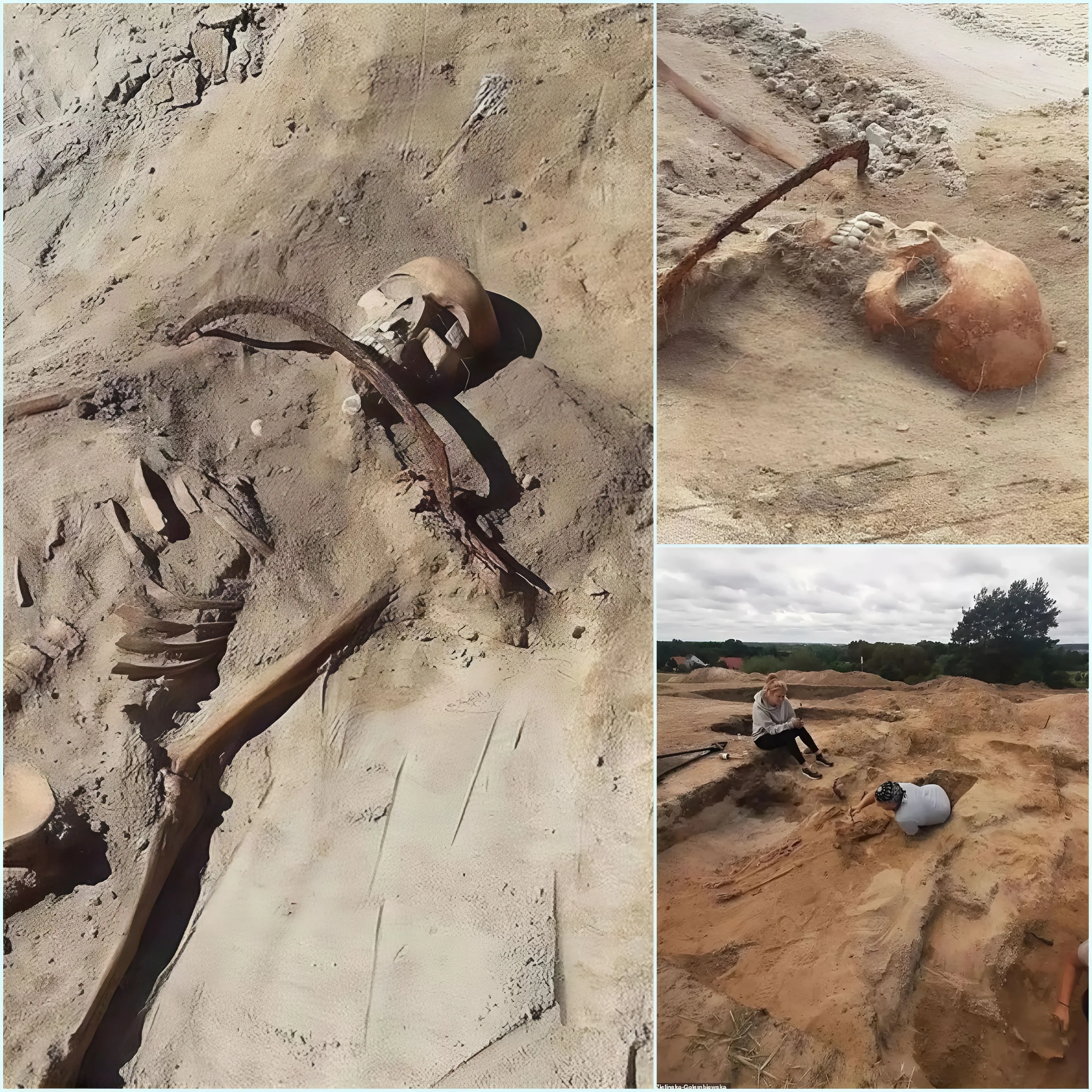
In 2022, archaeologists discovered the remains of a ‘female vampire’ in the village of Pien, Poland, during excavations at a 17th-century cemetery. The skeleton was found with a sickle placed across her throat and her left big toe padlocked, believed to prevent her from returning from the dead.
Professor Dariusz Poliński, leading the research team from Nicholas Copernicus University in Torun, noted that such burial practices were uncommon but aimed at ensuring the deceased could not rise again. Methods to prevent the return of the dead included decapitation, burning, smashing with stones, or positioning the body face down to prevent it from ‘biting’ into the ground.
The sickle placed on the woman’s neck was positioned in a way that would injure or decapitate her if she attempted to rise from her grave. Additionally, the padlocked toe symbolized the finality of death and the impossibility of resurrection, marking the closure of her existence.
The discovery reflects longstanding fears and myths about the undead in Eastern Europe, dating back to the 11th century. People believed that certain individuals buried could return as blood-sucking monsters to terrorize the living. Burial sites in the region often feature precautions such as metal rods or stakes driven through skulls to ensure the deceased remained in their graves.
This find provides valuable insights into ancient beliefs and practices surrounding death and the supernatural, shedding light on cultural attitudes towards mortality and the afterlife in historical Poland.
